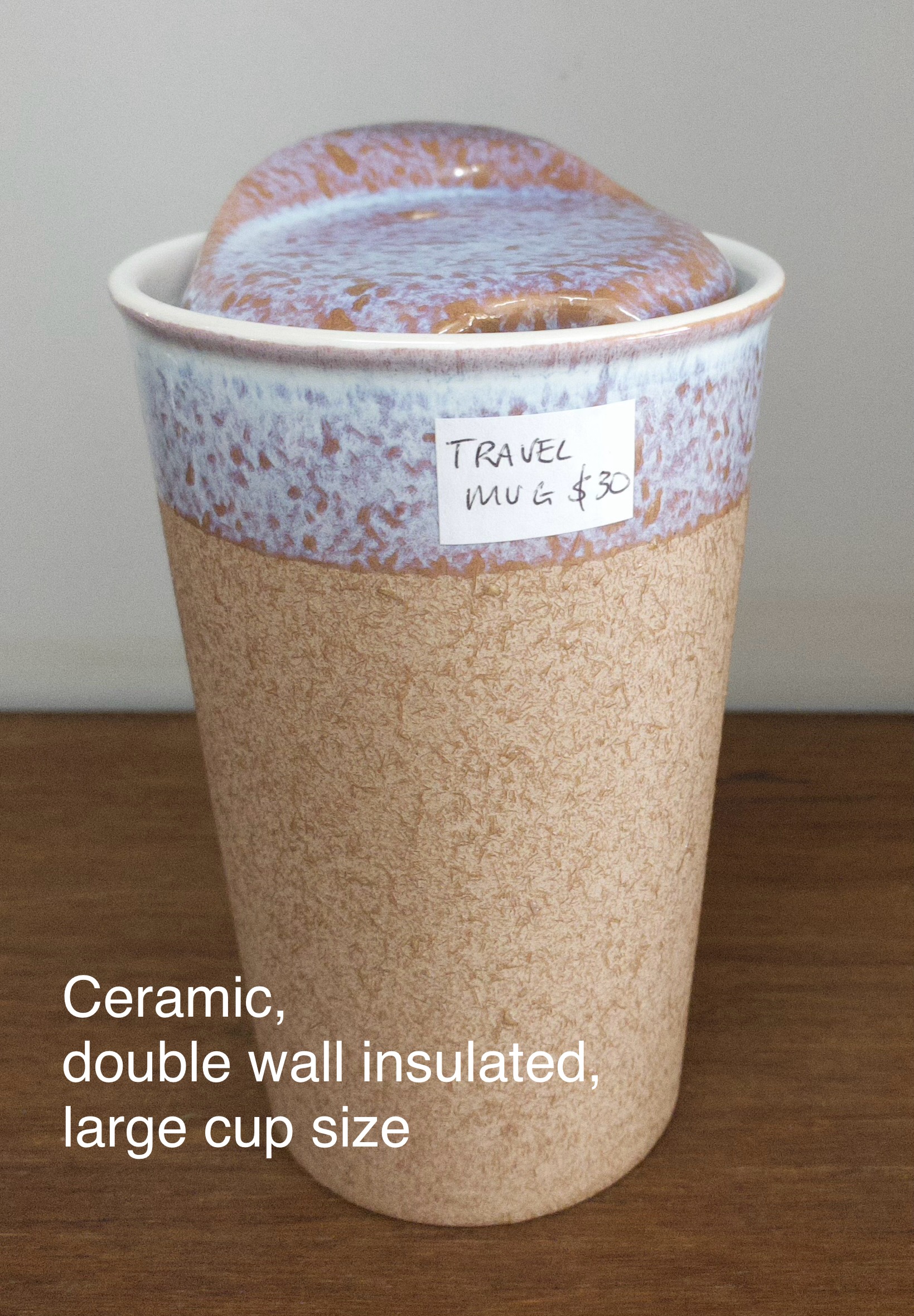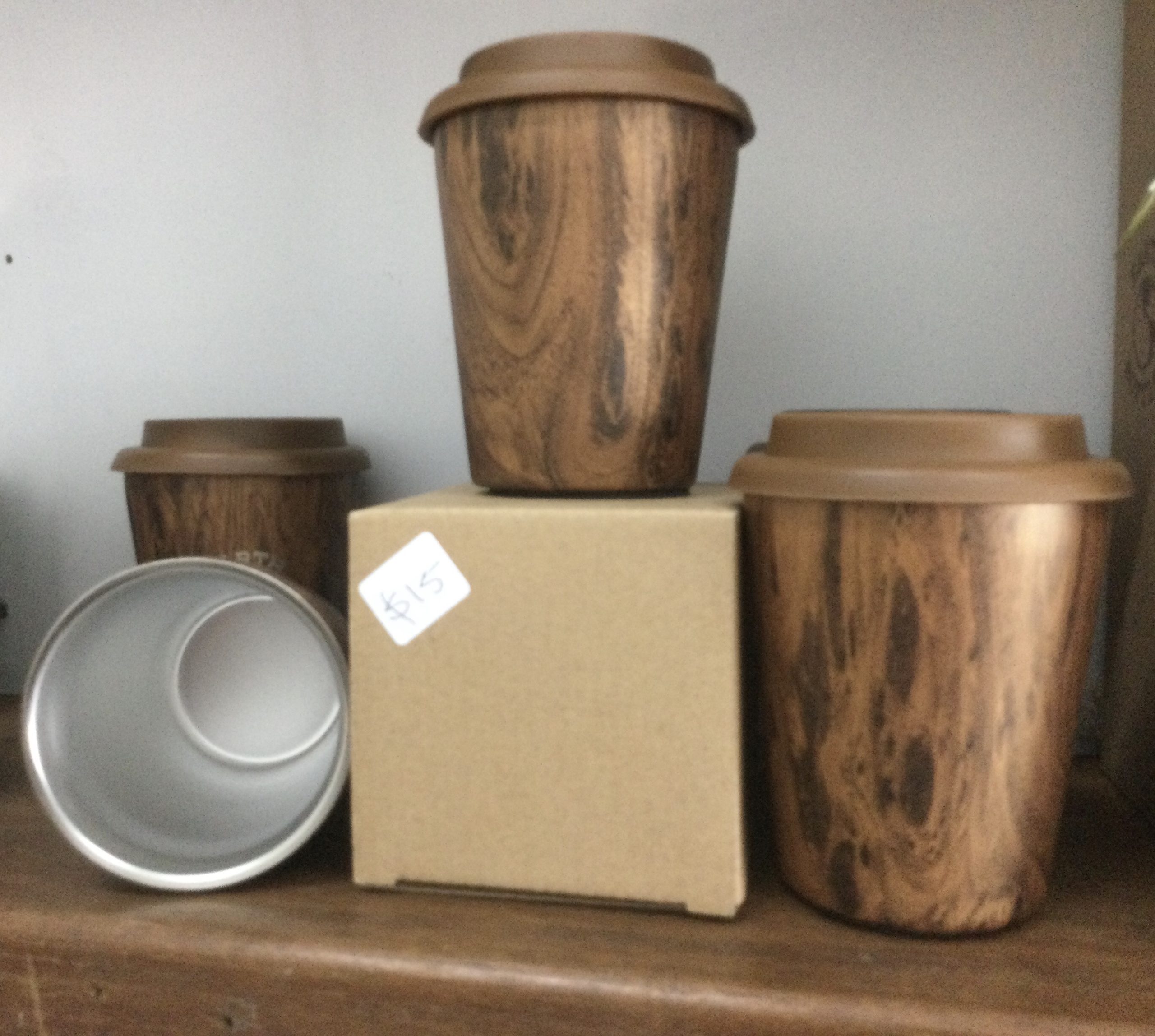
Cardboard take away coffee cups are coated inside with plastic, because, if not, the cardboard cup would soak and fall apart when filled with liquid.
When the plastic lining of the take away cardboard coffee cup goes through the temperature change of being filled with the hot liquid, thousands of micro and millions of nano sized plastic molecules fracture and fragment away from the plastic lining, into your cup of coffee, for your ingestion. [Source: (link).]
The plastic nano molecules we ingest accumulate in our brains, we don’t know why, however plastic accumulates in our bodies mostly in our brain, Plastic accumulates in the brain at ~10 times higher levels than in the liver or kidneys (91% vs. 4% and 4% of total plastic mass in these organs), at a rate of millions of nano particles of plastic per cup of coffee. [Source: (link).]
Shop now at the Caldera Environment Centre for ceramic and stainless steel take away keep cups instead.


See Also: Plastic Reinforced Paper Tea Bags: We are ingesting millions of nano particles of plastic per cup of tea. [Source: (link)]
Note Also: Plastic is a forever molecule. Plastic does not decompose back to its original naturally occuring elements, it is a forever molecule, the plastic existing today, if exposed to sunlight, temperature change or abrasion, will degrade into smaller particles, tho will still exist, even in 500 million years.
Note: Studies linked Above:
• MNP Release: Ranjan et al. (2022, Journal of Hazardous Materials) ‘Microplastics and other harmful substances released from disposable paper cups into hot water.’ https://www.sciencedirect.com/science/article/abs/pii/S0304389420321087?via%3Dihub
• Brain Accumulation: Nihart et al. (2025, Nature Medicine). Brain MNPs at 4917 µg/g vs. liver (433 µg/g) and kidney (404 µg/g). Link: https://www.nature.com/articles/s41591-024-03453-1

